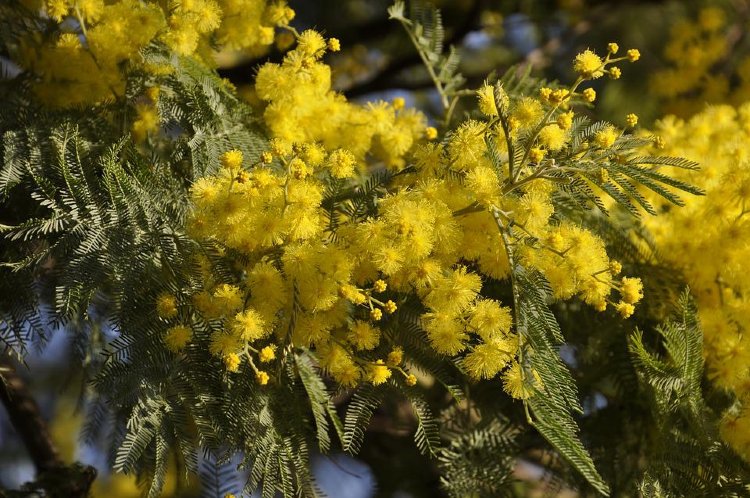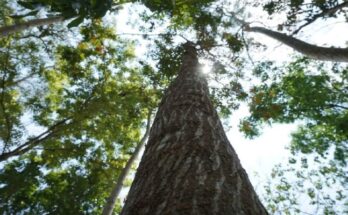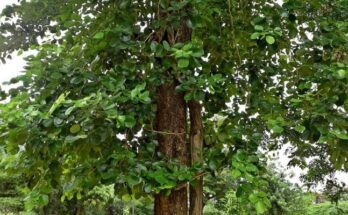|
Getting your Trinity Audio player ready...
|
All About Mimosa Tree
Native to the Middle East and Asia, It was brought to this country in 1785 by the famous French botanist André Michaux, who planted it in his botanical garden in Charleston, South Carolina. It quickly turned into a flat, vase-shaped tree, 30 to 12 meters high, and loved the southern climate. The flowers, which were attractive to butterflies, and colonial horticulturists. As a result, you have seen mimosas, standard and well-known landscape trees, especially in the south. They have a tropical appearance, with thin fern-like leaves and sparkling pink flowers in early summer.
Here are 3 Types of Mimosa Trees
Chocolate Mimosa Tree

Caring for chocolate mimosa is easy. You will be surprised how fast these trees grow. A chocolate mimosa in landscapes should be 6.5 meters high and 6.20 meters wide. However, it is about half the size of the green tree.
Give the tree a place in full sun and moist but well-drained soil. A chocolate mimosa in landscapes also tolerates alkaline soils and salty soils. Apply the water slowly, allowing the moisture to penetrate deep into the ground to encourage a deep root system. Once established, the tree only needs to be watered occasionally when it is not raining. Chocolate mimosas rarely need to be cut.
However, you can make pod removal part of your chocolate mimosa care routine if you wish. It is about 6 inches long and straw-colored, and each pod contains several bean-like seeds. These ripen in late summer or spring autumn. Chocolate mimosa is an attractive landscaping plant suitable for growing in areas with poor soil. Next, we will discuss the yellow mimosa tree.
Yellow Mimosa Tree

Yellow stands for luck and everything favorable. So when you see a yellow mimosa in bloom, positive thoughts make you feel happy. Other common names are mimosa bush, Ironwood, cassia flower, sweet acacia, and sweet wattle. In Hindi, it is called Guh babool, Gandh babool. The botanical name is Acacia farnesiana and belongs to the Mimosaceae family. The yellow mimosa tree reaches a height of 1.5 to 8 meters. Thorns are everywhere in the tree. The bark is rough, gray, or brown. The tiny green compound leaves are alternate and divided pinnately.
The flowers are small, about 1 cm in diameter, and bloom in clusters. The flowers have a delicate and unique fragrance. Because of its scent, it is a sought-after flower in the fragrance oil and perfume industry
Pink Mimosa Tree
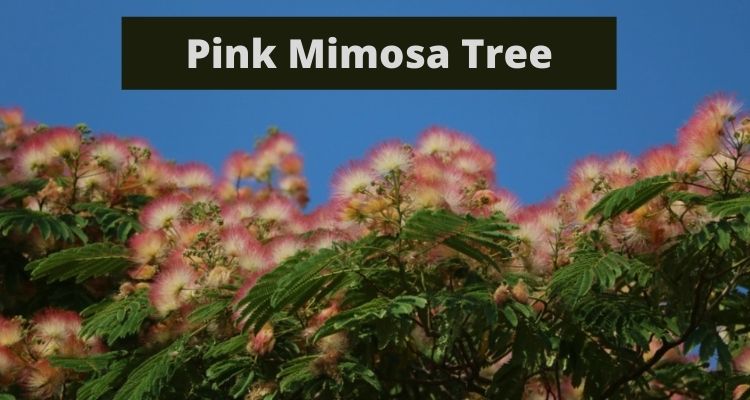
The pink mimosa tree looks something like a fairy tale. With green fern-like leaves and pink cotton candy pompom flowers, this tree stands out from the crowd. The canopy of the Mimosa parasol expands, almost screams, and is unique!
This beautiful tree also proliferates and requires little maintenance.
Hummingbirds and butterflies love the fragrant pink mimosa flowers. This tree is a great option to add an animal-friendly option to your landscape.
Information About Mimosa Hostilis Tree
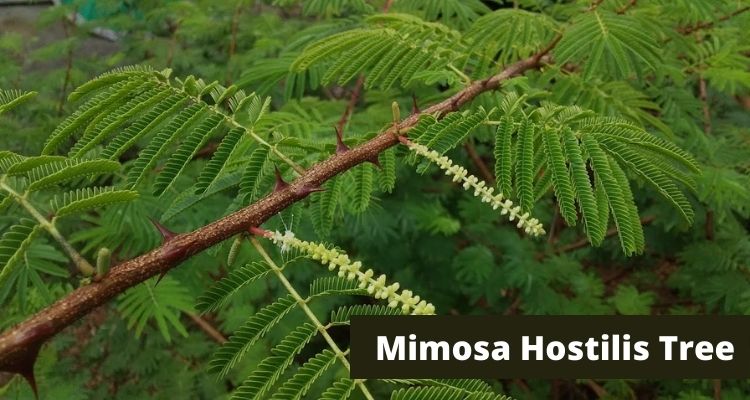
The Mimosa hostilis is a robust, drought, and disease-resistant tree grown from seeds with relative ease.
There are several ways to give Mimosa hostilis seeds a germination advantage or root a cutting from a Mimosa hostilis tree. The Mimosa shrub or tree variety can be straightforward to care for, so be ready to take care of this blooming beauty. It has showy leaves and displays a dazzling display of fragrant flowers for much of the year.
Mimosa hostilis makes fragrant white flowers on long, loose, pointed cylinders. The flowers appear for a long time in the northern hemisphere, from November to June. The flowering time is shorter in the southern hemisphere, with a little more than four months. It starts in September and ends at the end of January.
The mimosa silk tree is a deciduous tree that can reach 10 to 15 meters. The leaves are 6 to 20 cm long and almost resemble ferns, and have a pinnate appearance. There can be 20 to 60 booklets, every 0.5 inches in length, on a compound sheet. The light pink to dark pink, slightly fragrant flowers are striking and delicate and one of the main reasons for its importation as an ornamental plant. The 6-inch pods are flat and linear and contain 5-10 light brown oval seeds inside. They are broken to release the seeds, and the empty pods stay on the trees all winter.
Growing silk mimosa is very easy. The roots also like to spread, so it is advisable not to plant this tree near a sidewalk or other concrete patio where it could be a disturbance.
Most Important Features of Mimosa Tree

Rapid growth. Under ideal conditions, the mimosa can grow up to 1.5 m in a year! So you can expect at least 2 feet per year.
Easy to grow. This tree does not require maintenance once it is set up. It is drought tolerant and rarely has a problem with pests, deer, or disease.
Impressive. You can’t beat the fluffy pink flowers of the Pink Mimosa tree. And luckily, they stay longer than most flowers!
Friendly to wildlife. Butterflies and hummingbirds love mimosa and flock to it when it blooms.
If you love the look of mimosas but want a non-invasive option, try planting a cute acacia tree or a red bottle brush. The bottle brush and dwarf tassel are two other plants that will give you delicate flowers that are a bit like those of the mimosa. If you have any query comment below. Thank You.
